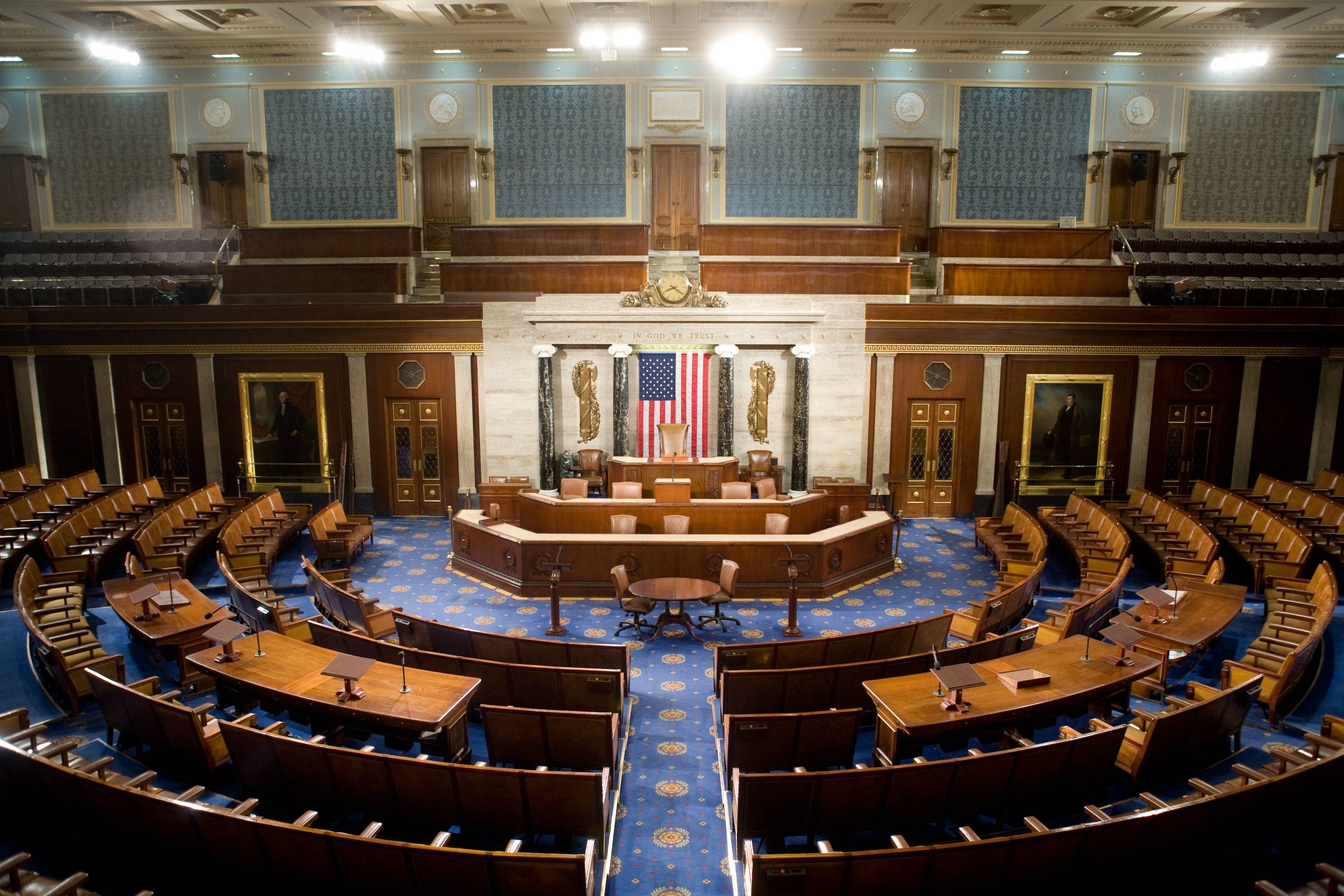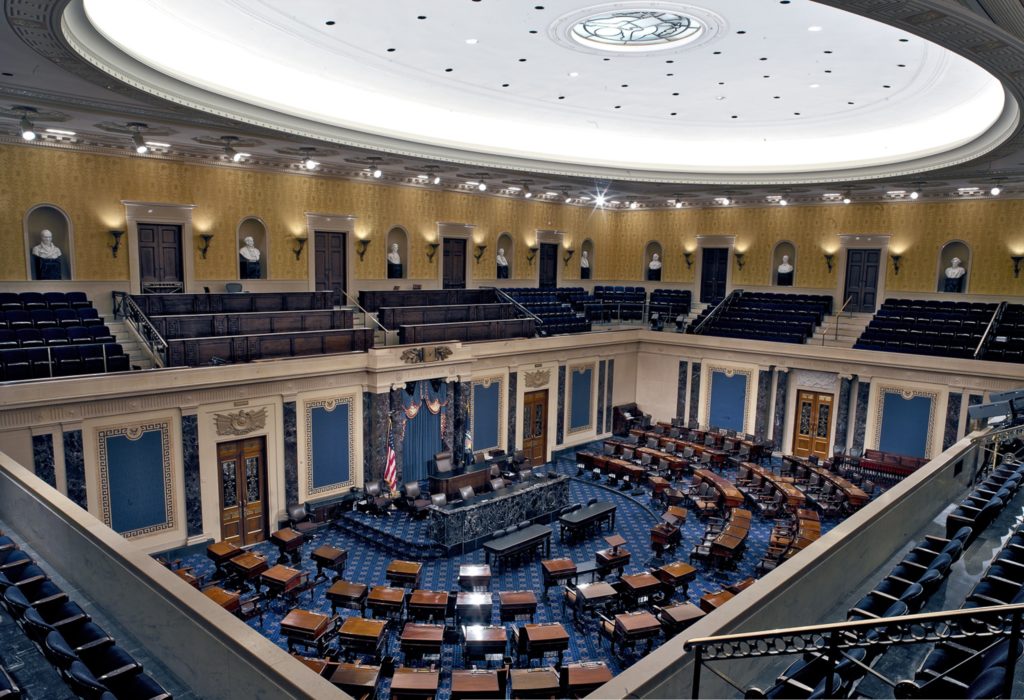Welcome to Congress
The Bicameral Legislature System of the US Federal Government
The United States federal government uses a bicameral legislature system, which means Congress is divided into two separate chambers: the House of Representatives and the Senate. This two-house structure was created by the Founding Fathers as a compromise between large and small states during the Constitutional Convention in 1787.
The House of Representatives
The House of Representatives, often called "the House," has 435 voting members and 6 non-voting delegates who serve two-year terms. Representation is based on each state's population, so states with more people get more representatives. For example, California has 52 representatives while Wyoming has just one. House members must be at least 25 years old and are considered closer to the people they represent since they represent smaller districts and face elections more frequently.
The Senate
The Senate has exactly 100 members, with each state getting two senators regardless of population size. This means Wyoming has the same number of senators as California. Senators serve six-year terms and must be at least 30 years old. The Senate was designed to give smaller states equal voice and to be a more deliberative, stable body.
How the System Works
Both chambers must pass identical versions of a bill before it can become law. This system creates checks and balances within Congress itself. The House, being larger and more responsive to population changes, often reflects current public opinion more quickly. The Senate, with its equal representation and longer terms, provides stability and protects minority interests.
Unique Powers
Each chamber also has unique powers. Only the House can introduce spending bills, while only the Senate confirms presidential appointments like Supreme Court justices and cabinet members. This bicameral system ensures that legislation must have broad support and prevents any single region or interest group from dominating the federal government.

